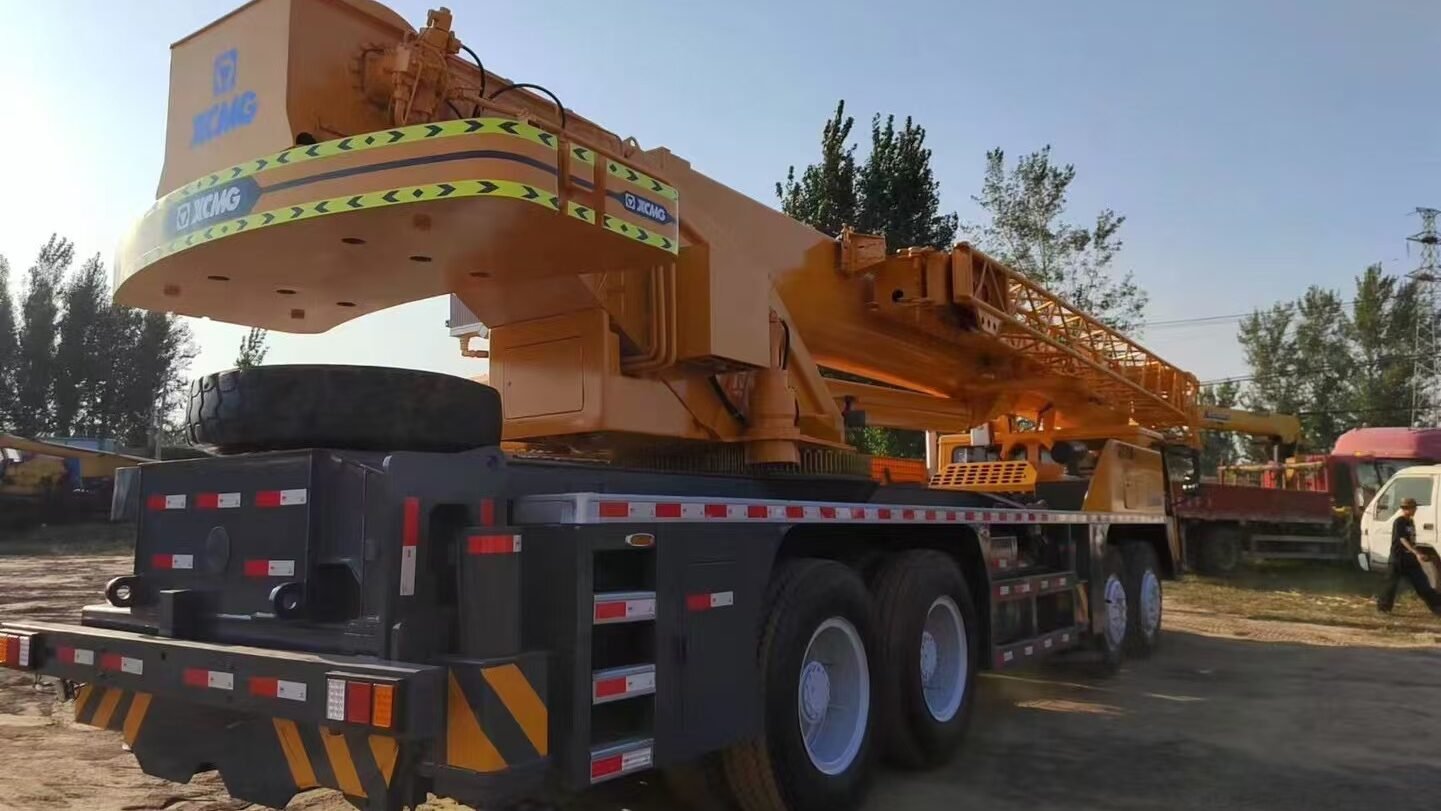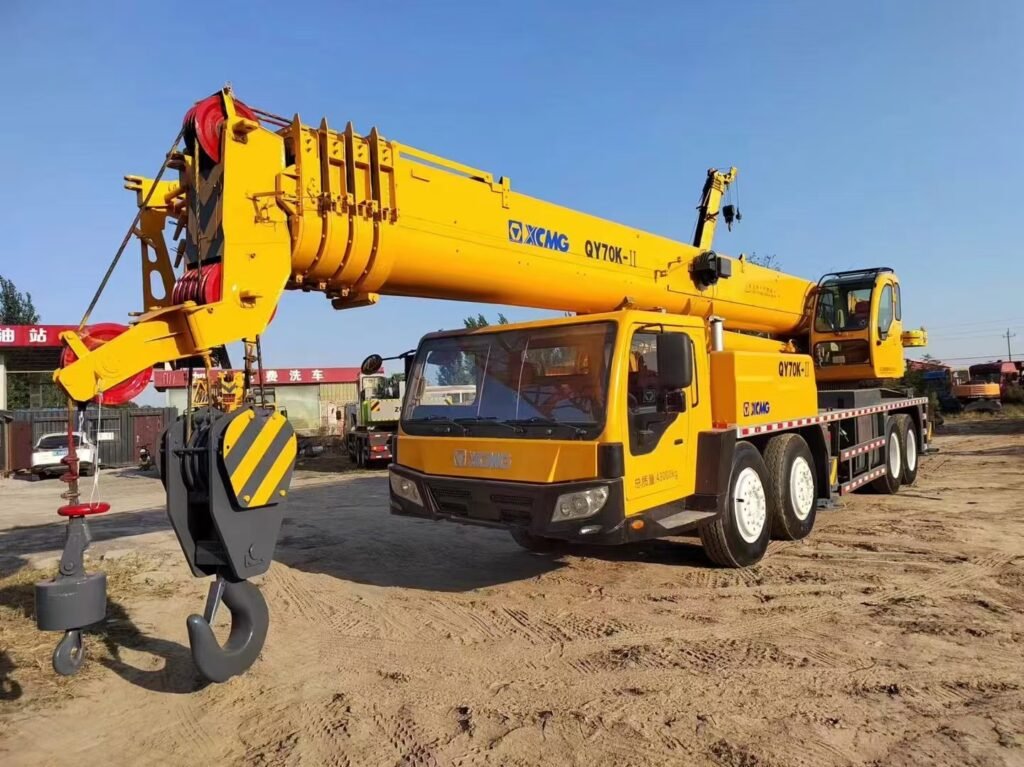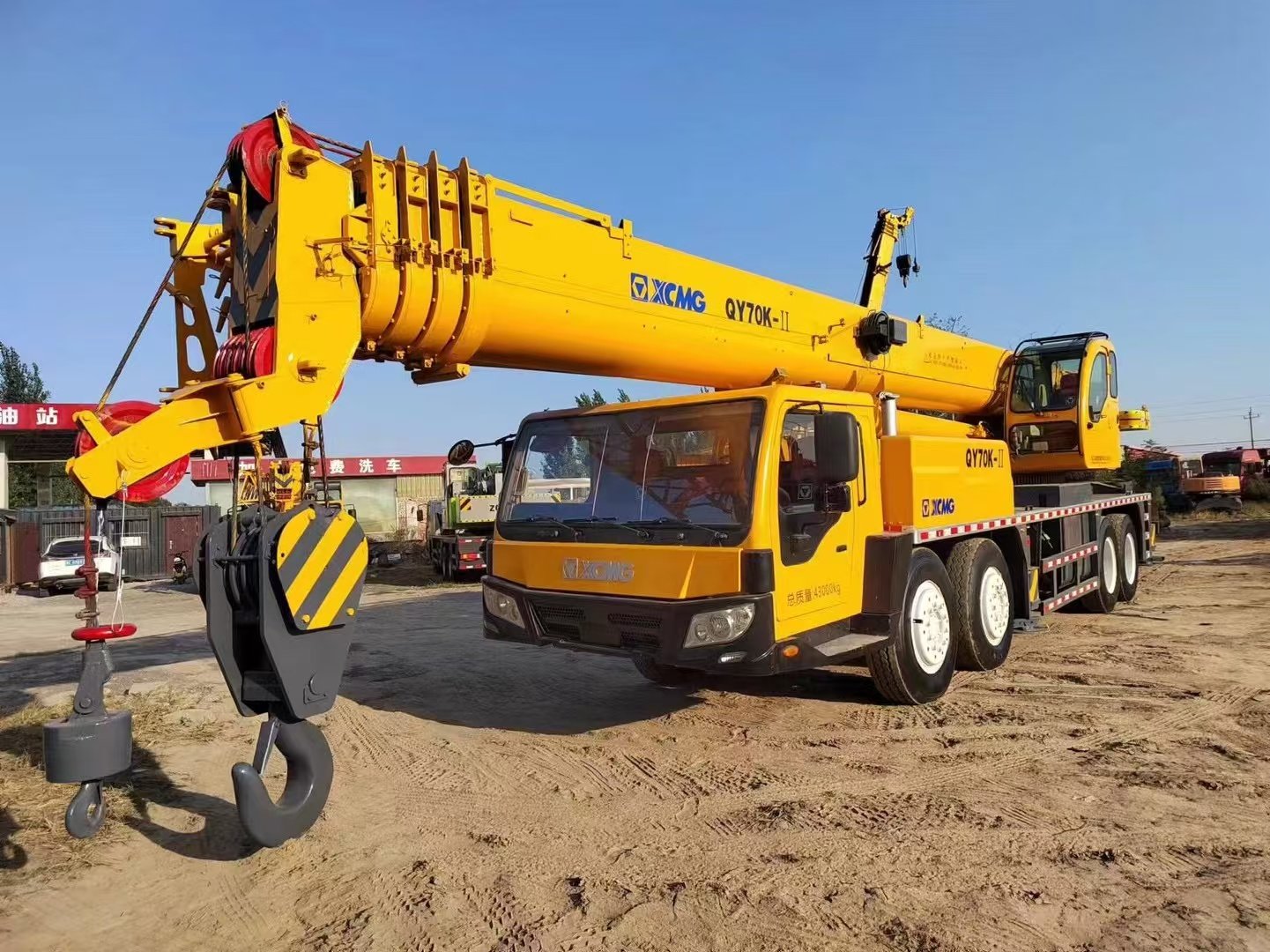I. Introduction
A. Current Market Status of Second-Hand Excavators
In the context of ongoing global economic development, the market for second-hand excavators is experiencing rapid growth. Many businesses opt for second-hand equipment due to budget constraints while still needing to meet construction demands. Additionally, with the acceleration of equipment upgrades, a variety of models and brands of second-hand excavators are emerging in the market.
B. Importance of Assessing Equipment Condition
Thoroughly evaluating the working condition of second-hand excavators before making an investment is crucial. This not only relates to the safety of the investment but also affects the efficiency and safety of subsequent use. Understanding the true condition of the equipment helps buyers avoid potential failures and high repair costs.
II. Preparation
A. Collect Relevant Documents
Before inspecting a second-hand excavator, the first step is to gather relevant documents. These include the user manual, maintenance records, and repair invoices. Maintenance records can provide insights into the equipment’s upkeep history and repair status, assisting in assessing its reliability.
B. Choose Appropriate Inspection Tools
Having the necessary tools ready for the inspection is essential. Common inspection tools include measuring instruments (such as calipers), oil sample testing kits, and hydraulic pressure gauges. These tools can help assess the equipment’s performance and condition.
III. Visual Inspection
A. Evaluate Equipment Appearance
The first step in the inspection process is to assess the equipment’s appearance. During the inspection, look for scratches, dents, rust, and other issues. Such external damage may reflect the extent of wear and tear the equipment has experienced during use, potentially impacting its performance.
B. Check the Hydraulic System
The hydraulic system is a critical component of an excavator, and checking the hydraulic lines for leaks, wear, or aging is vital. Observe the color and cleanliness of the hydraulic oil to ensure there are no contaminants. Additionally, check that the oil level in the hydraulic tank is normal.

IV. Internal Mechanical Inspection
A. Engine Inspection
The engine is the power source of the excavator, so checking its startup condition, operational noise, oil levels, and cooling system is crucial. Pay attention to any abnormal sounds during startup, and check the oil and coolant levels to ensure they are within the normal range.
B. Hydraulic System Function Testing
After examining the hydraulic system visually, it is important to conduct functional tests. Test the hydraulic system’s pressure and flow to ensure it operates correctly. By operating each control lever, observe whether the hydraulic actions are smooth and responsive.
V. Operational Testing
A. Field Testing
Conducting field tests is a key step in evaluating equipment performance. Under actual working conditions, assess the equipment’s efficiency and responsiveness. During testing, note the stability and maneuverability of the equipment to ensure it meets project requirements.
B. Testing Individual Functions
During the field test, check each function, including digging, lifting, and rotating, for flexibility and responsiveness. Ensure that each function operates smoothly and can meet everyday operational needs.
VI. Maintenance History and Usage Records
A. Review Maintenance Records
Maintenance records are a crucial reference for assessing equipment condition. Check the maintenance history to confirm that the equipment has been serviced and repaired on time. A good maintenance record usually indicates that the equipment has been well cared for, reducing the risk of failures.
B. Analyze Usage Records
Analyzing the equipment’s usage records, including frequency and hours of operation, helps assess its wear condition. Equipment that has been used frequently may show more signs of wear, while equipment that has been idle for extended periods may have aging-related risks.
VII. Professional Evaluation and Recommendations
A. Hire a Professional Technician
Before making a purchase, it is advisable to consult a professional technician for a comprehensive assessment. A professional can provide deeper analysis and insights, helping buyers identify potential issues and ensure informed decisions.
B. Obtain a Third-Party Report
Consider obtaining an inspection report from an independent evaluation agency to ensure objectivity and accuracy in the assessment. A third-party report typically offers a thorough analysis of the equipment’s condition, enhancing buyer confidence.
VIII. Conclusion
A. Make Informed Purchasing Decisions
Through comprehensive inspection and assessment, buyers can summarize key points that assist them in making informed purchasing decisions. Understanding the true condition of the equipment helps reduce investment risks.
B. Provide Ongoing Maintenance Recommendations
Emphasize the importance of ongoing maintenance for extending the lifespan of the equipment. Regular servicing and maintenance not only improve performance but also reduce the likelihood of breakdowns, ensuring that the equipment remains in optimal condition during operation.



